Qianfoya Scenic Spot
Guangyuan Qianfoya is the largest grotto group in Sichuan Province. The statues of cliffs began in the Northern Wei Dynasty. After nearly 1500 years, the cliffs, which are 45 meters high and 200 meters long in the north and south, are covered with statue niches, overlapping 13 layers and dense as beehives. Only when the Sichuan-Shaanxi Highway was built in 1935, more than half of the statues were destroyed. Today, the only remaining niches have more than 400 statues with more than 7000 bodies. Thousand Buddha cliffs are built along the river, which is quite spectacular. The Sichuan-Shaanxi Road passes beneath them, forming an organic unity of rivers, roads, mountains and Buddhas.
geographical position
Guangyuan Qianfoya is situated on the East Bank of Jialing River, 5 kilometers north of Guangyuan City. The dangerous Pavilion of ancient trestle road, Shicuige Pavilion, is located at the south end of the cliff. Qianfoya is the largest grotto group in Sichuan. In April 1961, it was listed by the State Council as the first batch of national key cultural relics protection units.
Historical culture
edit
The statue of Qianfoya Cliff began in the Northern Wei Dynasty. It has lasted nearly 1500 years. On the cliff, which is 45 meters high and 200 meters long in the north and south, it is covered with statue niches, overlapping 13 layers, dense as beehives. According to the inscription of Xianfeng 4 years (1854) in Qing Dynasty, the statue of the whole cliff reached "17,000 wonders". Unfortunately, when the Sichuan-Shanxi Highway was built in 1935, more than half of the statues were destroyed. There are only more than 400 statues and more than 7000 statues in the Gongcaves. The whole cliff statue is centered on the Dayun Cave and divided into two sections, north and south.
Main attractions
The statue of Qianfoya Cliff began in the Northern Wei Dynasty. It has lasted nearly 1500 years. On the cliff, which is 45 meters high and 200 meters long in the north and south, it is covered with statue niches, overlapping 13 layers, dense as beehives.
The whole cliff statue is centered on the Dayun Cave and divided into two sections, north and south. The southern section of the niche grottoes are as follows: the Great Buddha Cave, lotus flower cave, Munici Pavilion, Thousand Buddha Cave, Buddha Cave, Sleeping Buddhist nicniche, multi-treasure Buddha niche, receiving Buddhist niche, providing niche, Shenlong Buddha, Ruyilun Guanyin, single Buddha Cave and so on; the northern section of the niche grottoes are as follows: Buddha niche for the third generation, worry-free flower grotto, worry-free flower grotto, Mailer Buddhnicniche, three-body Buddha niche, three-body BuddhBuddha niche, Festival monk niche, monk niche, Buddhist niche, Buddhist niche, sleeping niche, Buddhist niche, statue grotto, TiTiGrottoes, King's niches in Tibet, Lishi niches, Luxena Buddhist niches Eleven-sided Avalokitesvara, Amitabha Buddhist niches, Feitian Grottoes, Tibetan Buddhist Caves in the Qing Dynasty, etc. Dayun Cave is located in the center of Qianfoya Cliff. It has 234 statues. There are 148 Lotus Guanyin statues on the left and right sides of the cave. The main Buddha statue in the middle of the cave is Maitreya Buddha. It is said that the Maitreya Buddha is the incarnation of Wu Zetian.
Background story
In the first year of Tang Tianzhu (690), when Wu Zetian was officially crowned, 12 monks, such as Faming Buddhist monk Xue Huaiyi of Baima Temple, wrote Dayun Jing to meet the needs of Emperor Wu Zetian. In Dayun Jing, Wu Zetian was born of Maitreya Buddha and should replace Li Tang as emperor. Wu Zetian was very happy when he saw the empress. He wrote a preface and promulgated it in the world. He ordered all States to Yingzhou. The local people built a cloud cave on the Qianfo Cliff. He carved the statue of Maitreya Buddha and the two saints in the back niche, Gaozong Li Zhi and Wu Zetian. According to Chinese tradition, men should be left and women should be right, and the ranking of the two saints is women left and men right, and the niches are higher than men and lower than women, which reflects the ingenious idea of the designer. Guangyuan Municipal Cultural Relics Management Institute has built and perfected the cliff Pavilion walkway, with staircase climbing, which can reach the niches for visits.
Tourist guide
Best travel time
Qianfoya is a subtropical humid monsoon climate. The climate is mild, the light is suitable, the four seasons are distinct, and the continental monsoon is obvious. The average temperature is about 15.4 C. It is suitable for tourism all year round. Among them, March-October is the best season for tourism.
Free ticket policy
Children under 1.1 meters are free of charge; elderly people over 70 years old hold old age or identity cards, active servicemen hold officer's cards, disabled persons hold disability certificates free of tickets.
Favoured policy
Old people aged 60 to 69 buy preferential tickets for scenic spots with old age card or ID card (the above preferential policies need to be purchased by themselves in scenic spots)
1. Opening time: 9:00-17:30; [Please Book 3 hours in advance before you can enter the park]
2. Ticket Collection Place: Ticket Office of Qianfoya Scenic Area;
3. Ticket Collection: After successful booking, you will receive short messages from mother donkey's mobile phone and two-dimensional code messages from scenic spots. Please send two-dimensional code messages to the scenic spot ticket office for admission formalities.
4. Scenic Area Address: 5 km north of Guangyuan City, Sichuan Province, East Bank of Jialing River;
5. Special reminder: The scenic spot uses two-dimensional code to exchange tickets, which is valid for one month from the date of purchase.
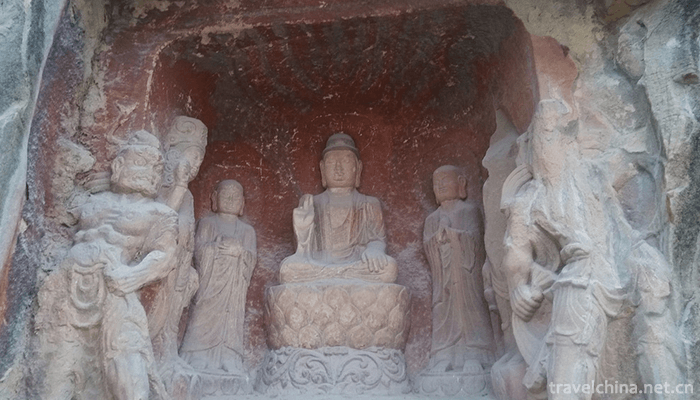
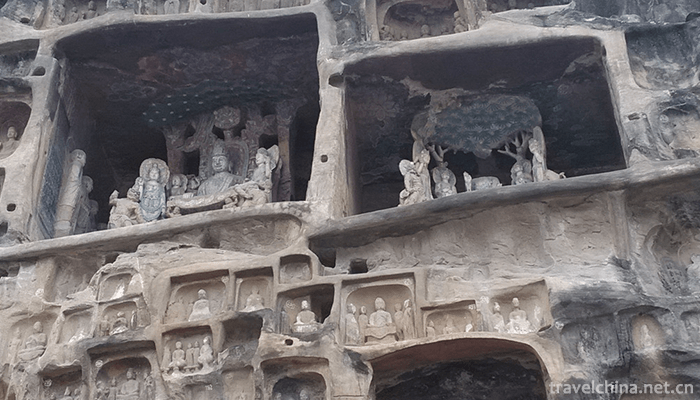
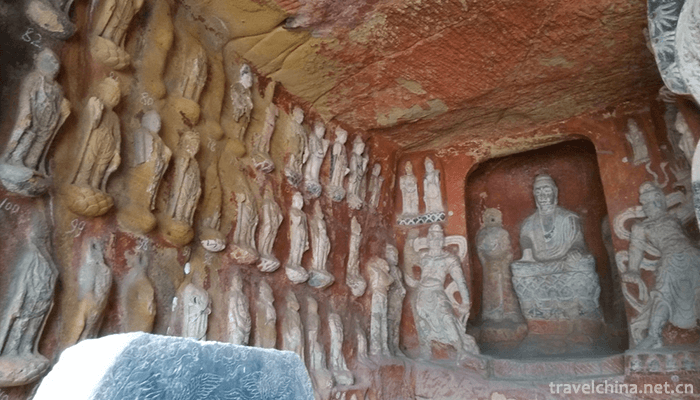
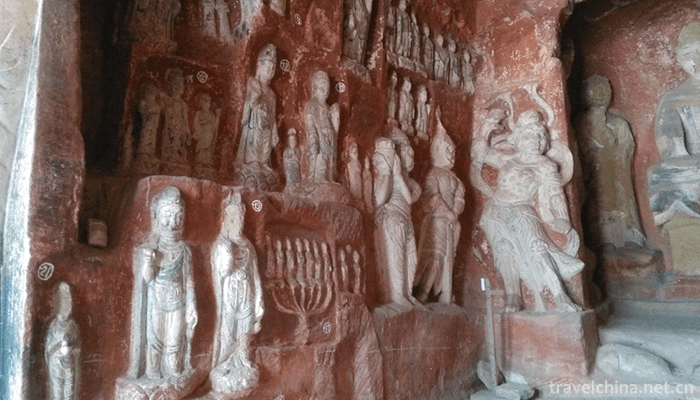
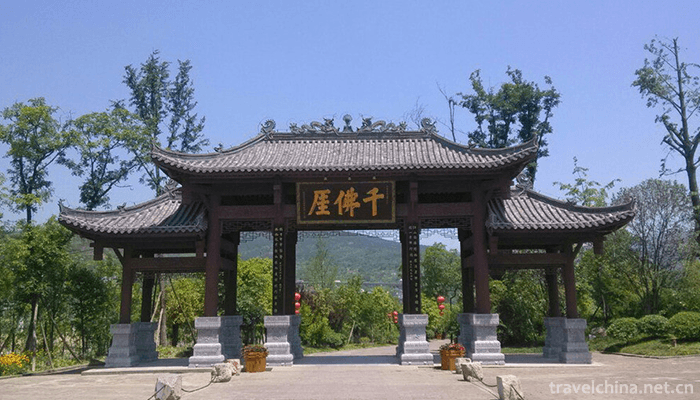
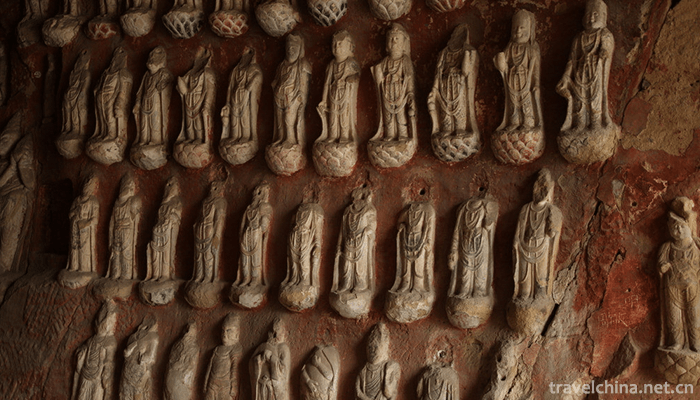
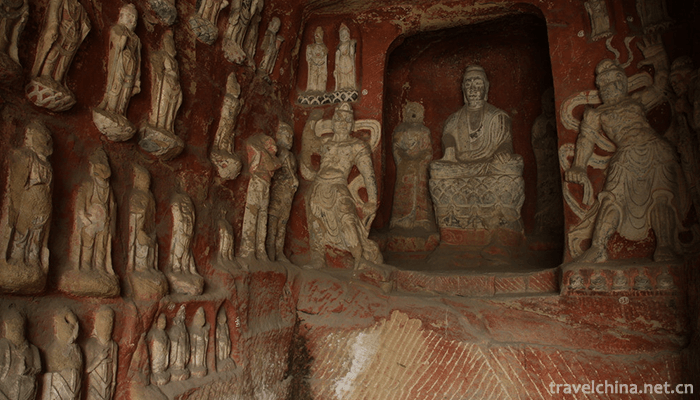
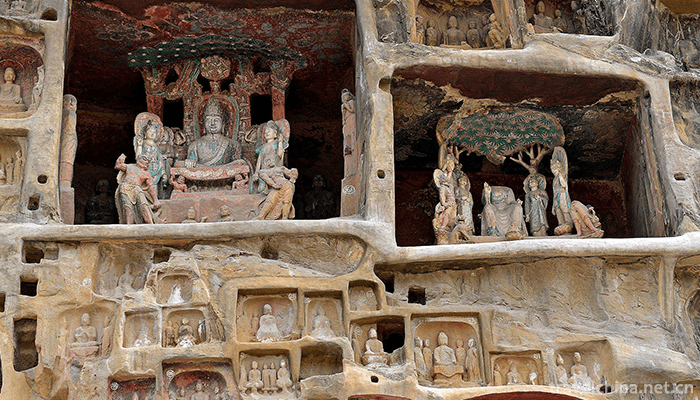
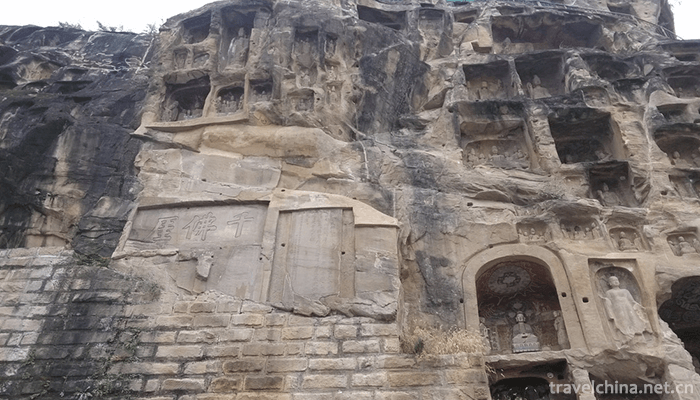
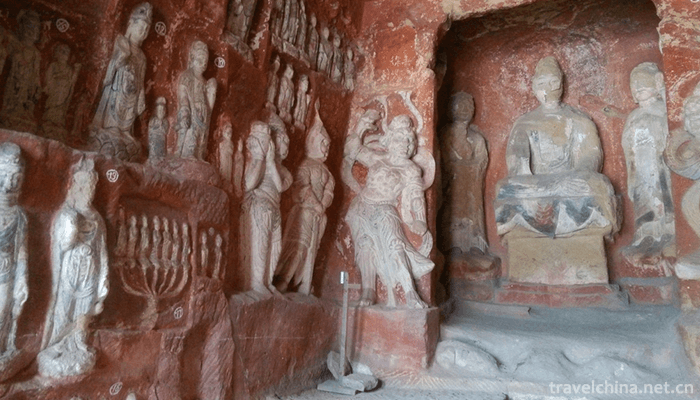
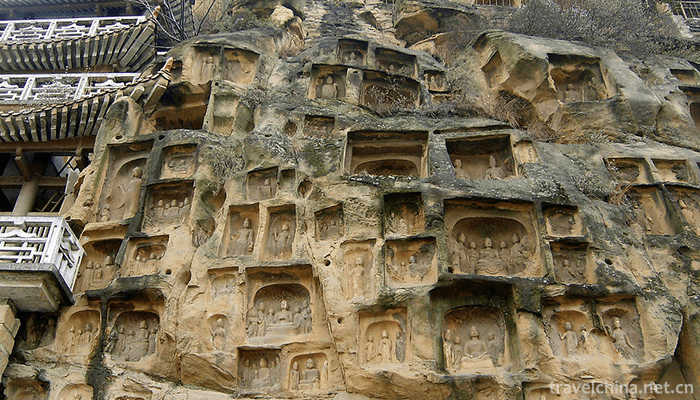
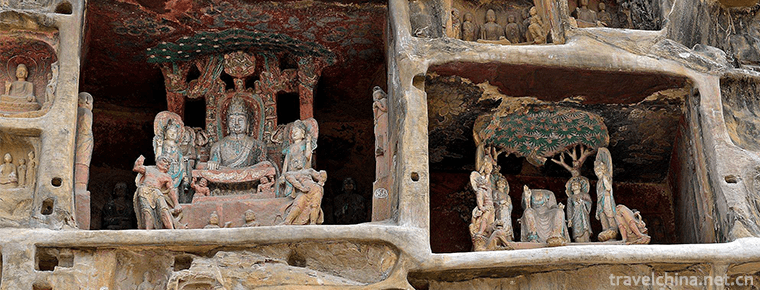
-
1.Water Curtain Gorge Scenic Area
Shuixian Gorge Scenic Area is located in the southern mountain area of Jinan, Liubu, the first town of ecotourism in Shandong Province. Covering an area of more than 6000 mu, Jinan's No. 1 Peak Ladder
Time 2019-02-13 -
2.Yanling National Flower and Tree Expo Park
Yanling National Flower and Tree Expo Park (Yanling Flower and Tree Expo Park) is located in the eastern part of Xuchang City, Henan Province.
Time 2019-02-28 -
3.Falling cavity Luoqiang
Luoqiang is a traditional opera in Neihuang County, Anyang, Henan Province. It was originally called Luoziqiang, also known as Anyang Qiang. It is mainly prevalent in the Zhanghe River Basin in the no
Time 2019-05-15 -
4.Min Opera Fujian Opera
Fujian Opera is the only existing opera that sings and reads Bai in Fuzhou dialect. It is prevalent in central Fujian, Eastern Fujian and Northern Fujian, and spread to Taiwan and Southeast Asia. It i
Time 2019-06-05 -
5.Bangkok in Puzhou
Bangzi of Puzhou is named for its origin in ancient Puzhou. Jinzhong and Northern Shanxi are called "Bangzi on the South Road" or "Bangzi Opera on the South Road", Shangdang is cal
Time 2019-06-09 -
6.Xuanbi Production Skills
Xuanbi has a long history. Originated in the Qin Dynasty, it flourished in the Tang and Song Dynasties. At the end of Song Dynasty and the beginning of Yuan Dynasty, there were frequent wars, and the
Time 2019-07-09 -
7.Mounting and repairing techniques
The mounting and repairing technique of ancient Chinese characters and paintings is a kind of traditional Chinese handicraft. It is used for restoration and restoration of ancient calligraphy and pain
Time 2019-08-10 -
8.Cao Zhi
Cao Zhi (192 - 232 December 27th), Zi Jian, Pei Guo Qiao County (now) Anhui province Bozhou City, born in East Wuyang (now Shenxian, Shandong, Juancheng). Cao Cao He was born with third sons from Quee
Time 2019-09-07 -
9.Geographical environment of Leshan
Leshan City is located in the central part of Sichuan Province and the southwest of Sichuan Basin. Its geographical coordinates are 102 ° 50 ′ - 104 ° 30 ′ E and 28 ° 25 ′ - 30 ° 20 ′ n. It is 214.4 km long from north to South and 164.0 km wide from east to
Time 2020-12-17 -
10.Leshan Sports
In 2018, Leshan City organized a team to participate in the 13th Sichuan Provincial Games and won 19 gold medals, 25 silver medals and 47 bronze medals. 63 provincial-level sports fitness projects were established, and 279 municipal level national fitness
Time 2020-12-17 -
11.Dazhou climate
Dazhou city belongs to subtropical humid monsoon climate type. Due to the complex topography, regional climate differences are large. The low mountains, hills and river valleys with an altitude of 800 meters have mild climate, warm winter, early sprin
Time 2020-12-20 -
12.Dazhou culture
Baqu culture refers to the fact that Dazhou city is located in Bashan canal and belongs to Badi in ancient times. The chapter of Baqu customs is listed in the ancient book Taiping Huanyu Ji thousands of years ago; the second refers to the unique cultur
Time 2020-12-20